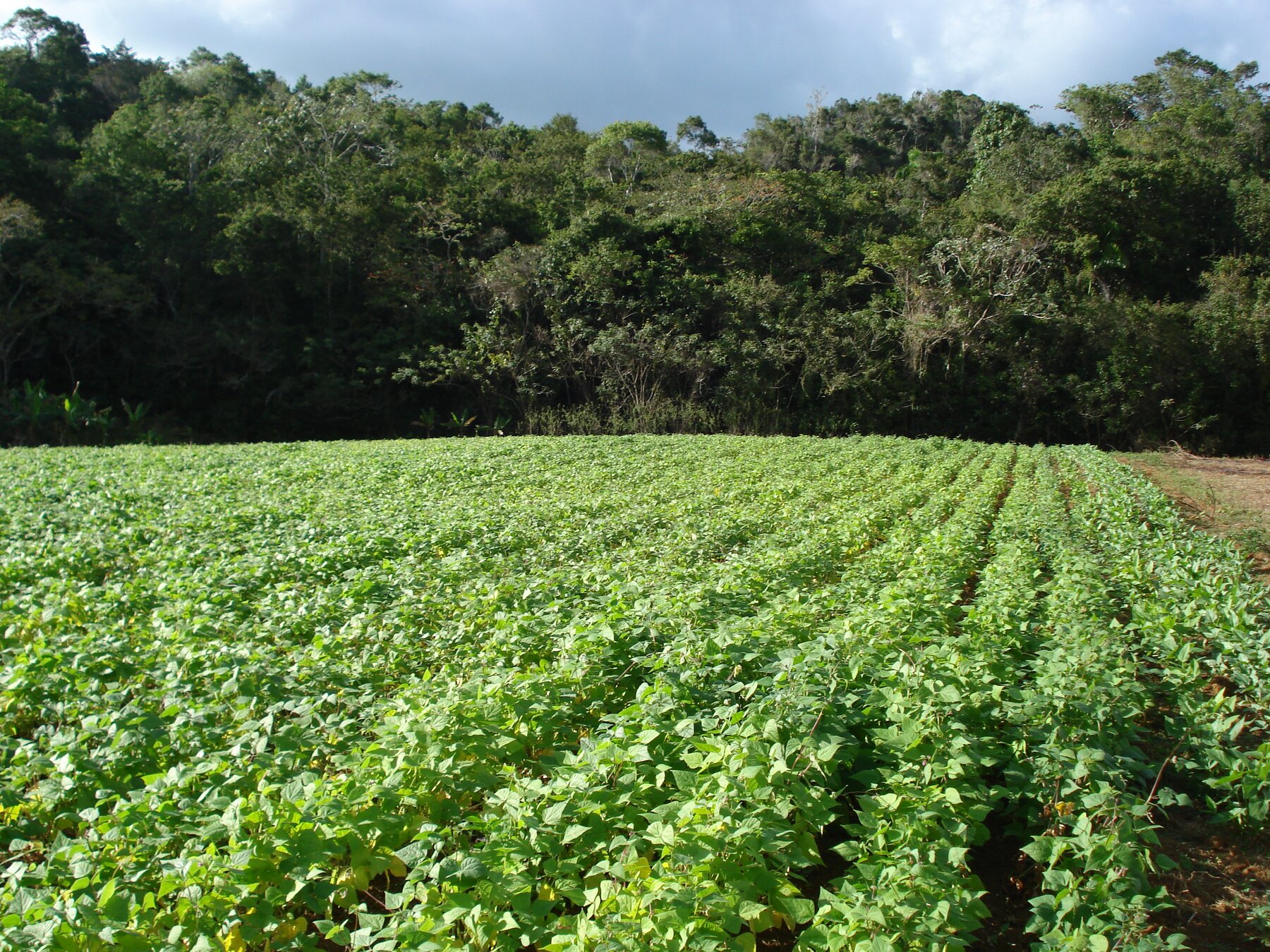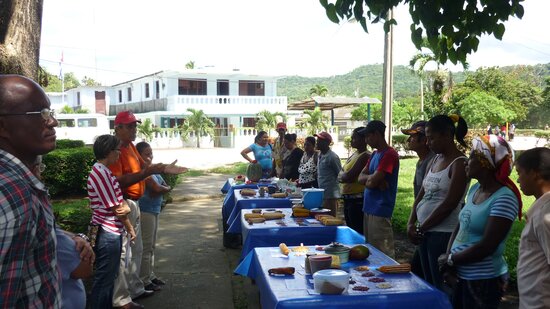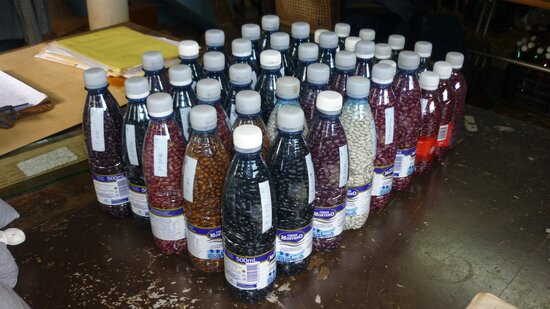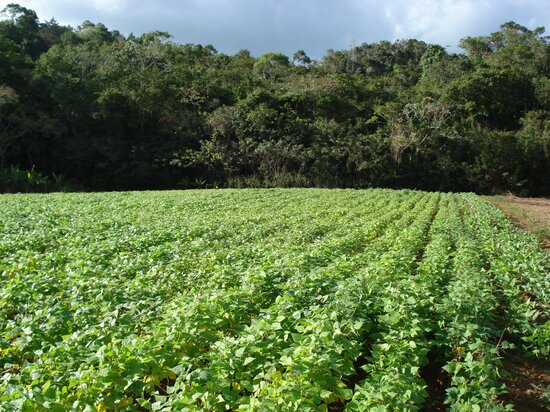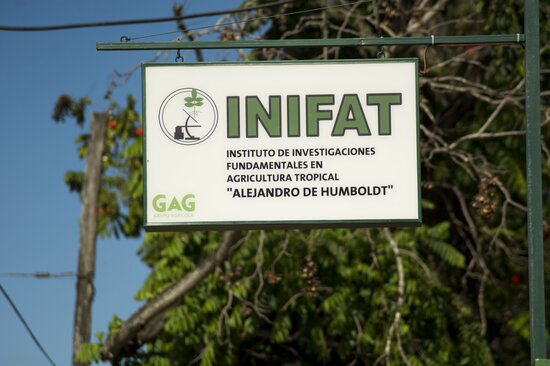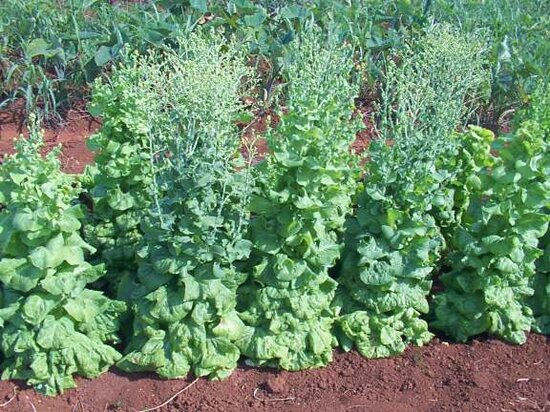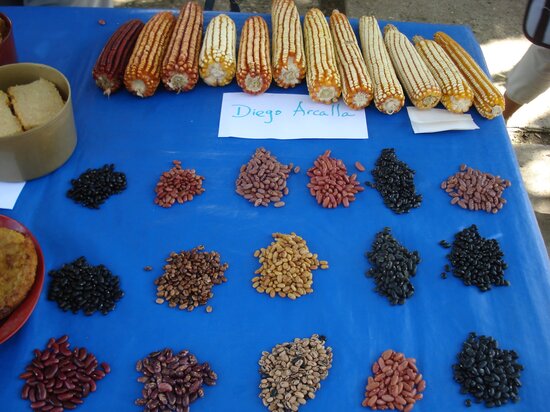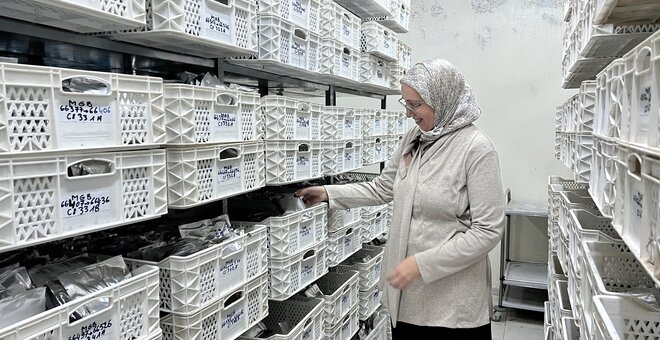Cuba: Central Germplasm Bank of Cuba
Location
Institute for Fundamental Research on Tropical Agriculture “Alejandro de Humboldt” (INIFAT), Havana, Cuba
Parent Organization
Ministry of Agriculture, Directorate of Seeds and Plant Genetic Resources
Mission
- Ex situ and in situ conservation of plant genetic resources for food and agriculture (PGRFA)
- Sustainable use of PGRFA
- Building sustainable institutional and human capacity for conservation and use of PGRFA
Date Established
1982
Number of Samples Conserved
3,402 (as at October 2023)
Main Crops Conserved
- Cereals, including maize, sorghum, wheat and others
- Grains, including chickpea, common bean, cowpea, Lima bean and others
- Vegetables, including broccoli, cabbage, carrots, cauliflower, garlic, lettuce, onions, peppers, tomatoes and others
- Oilseeds, including groundnut, soybean, sunflower and others
Background
The Central Germplasm Bank of Cuba (CGBC) is located at the Institute for Fundamental Research on Tropical Agriculture “Alejandro de Humboldt” and is the oldest agricultural research Institute in Spanish-speaking America. It carries out basic, applied and development research on crops of economic importance in Cuba.
CGBC coordinates the National System of Plant Genetic Resources (NSPGR). This is a network of 15 genebanks belonging to different institutions and ministries throughout the country where ex situ collections of the most important crops are preserved.
For about 35 years INIFAT was the leader of the Urban, Suburban and Familiar National Program supported by the Ministry of Agriculture of Cuba. One of the main directions was the establishment of a Seed Production Subprogram to guarantee local production of vegetables, grains, fruits and condiments throughout the whole country, including 164 municipalities.
This was an important opportunity to take our varieties and those from other agricultural research institutions to different places, but also to gather landraces kept by individual partners, niche production actors, hobby growers, seed producer groups and other seed-system actors. Over this period, the Institute developed close relationships with groups, cooperatives, organizations and individual producers.
In addition, INIFAT has played an important part in producing high-quality seed of vegetables, grains and oilseeds for public seed enterprises, which are responsible for ensuring seed is available to farmers and other growers. INIFAT continues to support this program, takes part in inspections, cooperates in development of regulatory frameworks and engages in solving technical challenges.
The Institute also works closely with the Seed and Plant Genetic Resources Direction of the Ministry of Agriculture in Cuba.
The Collection
As at October 2023 the collection comprised a total of 3,402 samples, of which 3,070 are orthodox seeds kept in cold storage, six are conserved in vitro and 332 are conserved in field genebanks.
The genebank manages important national collections of landraces of beans, maize, peppers and tomatoes and other horticultural species in addition to breeders’ lines. Approximately one-quarter of the collection is local landraces and traditional farmers’ varieties. Most of the remainder is breeding or research material or advanced or improved varieties.
Seed is stored in sealed aluminum foil packets, paper bags or plastic bottles and kept in a cold room at 7° C.
Only clonal Allium accessions are currently stored in vitro.
The crops with the largest number of seed samples are tomatoes, common bean and maize, all of which are important crops for smallholder farmers in Cuba.
Cuba has important indigenous diversity in beans, maize, peppers and tomatoes. These crops are well represented in the collection.

